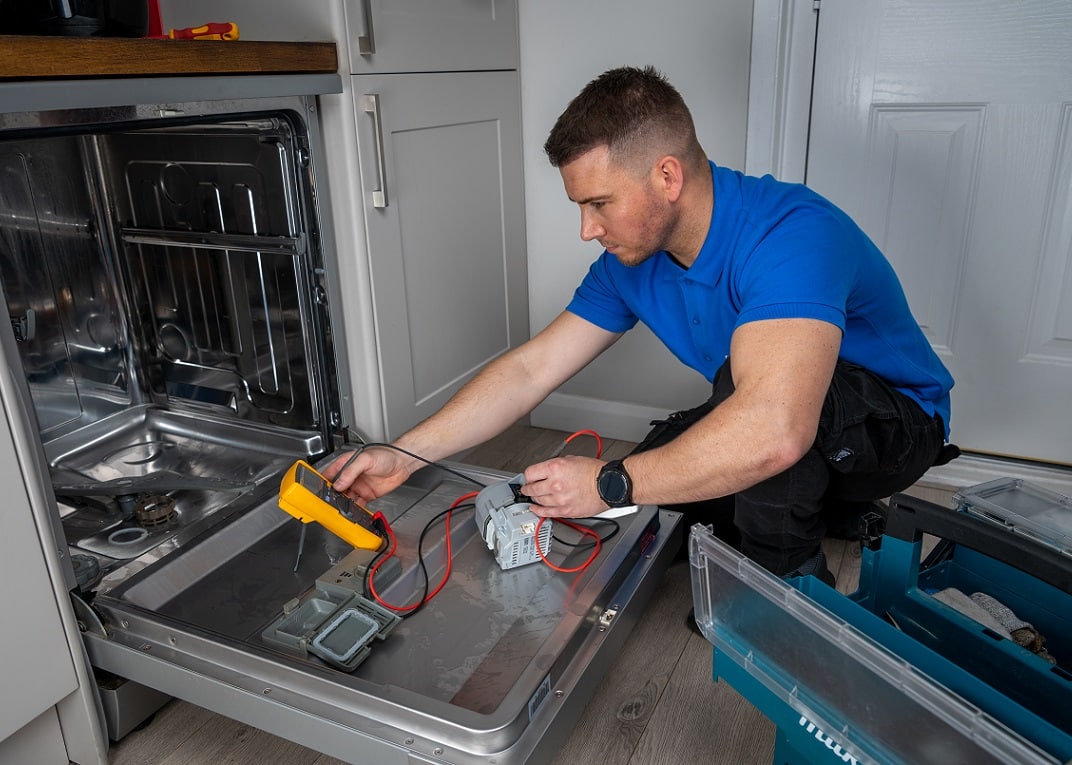Affordable appliance repair solutions, offering excellent service, every time
Every home depends on working machines to manage daily needs. When they fail, stress grows quickly. A trusted option like appliance repair san tan valley brings both quick response and fair cost. Skilled care restores order while saving money from costly replacements. This service ensures small problems do not turn into major damage. Families gain confidence knowing help is near. Affordable support allows households to keep appliances working longer. By choosing dependable repair, families save both time and energy. Reliable service is not just about fixing machines but about creating lasting value for every home.
Why are affordable repairs so valuable?
Low cost repair helps families stay within budget. It prevents waste linked with early replacement. It also brings peace of mind through reliable results.
Which appliances often need fast help?
Machines at home face heavy use every day. They break without notice and cause disruption. Quick and fair service solves most problems.
- Washers failing to drain water fully
- Dryers losing heat during regular cycles
- Refrigerators that cannot keep items cold
- Ovens unable to stay evenly warm
- Dish units that leave stains after wash
Why are skilled experts necessary?

Experts bring knowledge and tools for safe repair. They find faults with speed and care. Their precision ensures lasting fixes for families.
How does timely care save money?
Fast care prevents issues from getting worse. The appliance repair san tan valley stops costly breakdowns and extends life. Timely work always protects both machines and budget.
- Prevents expensive replacements through early repair
- Reduces downtime by restoring machines fast
- Adds years of use for common appliances
- Saves families from large repair bills
- Keeps households steady with working machines
What extra steps help appliances last?
Simple care improves how long machines work. Easy checks avoid many repair calls. Small actions bring large results over time.
- Clean filters after regular use
- Wipe seals to stop leaking
- Avoid heavy loads that strain units
- Use proper cycles for each task
- Report strange sounds to service early
Everyday value of trusted service
Homes stay steady with fast and fair help. Families enjoy peace knowing machines work again. Service that is honest always makes the difference.
What makes service truly dependable?
Dependable service is built on trust and skill. It means clear pricing and honest guidance. Families return because they feel secure with results.
- Why is trust important?
It gives families confidence in the work
- How does skill help?
It ensures issues are solved with care
- Where is support available?
Appliance repair san tan valley provides help
Strong repair choice for families
Repair that is affordable and skilled is the smarter option for every household. It saves money while restoring order to daily life. Skilled experts deliver careful fixes that prevent future damage. Honest pricing ensures families never pay more than needed. By calling help early, households protect their machines and reduce stress. Affordable care brings long use and reliable results for years. This is the smart path to steady living. Dependable work today means smoother days ahead. Choosing trusted repair is not only cost saving but also peace giving for every family.
























